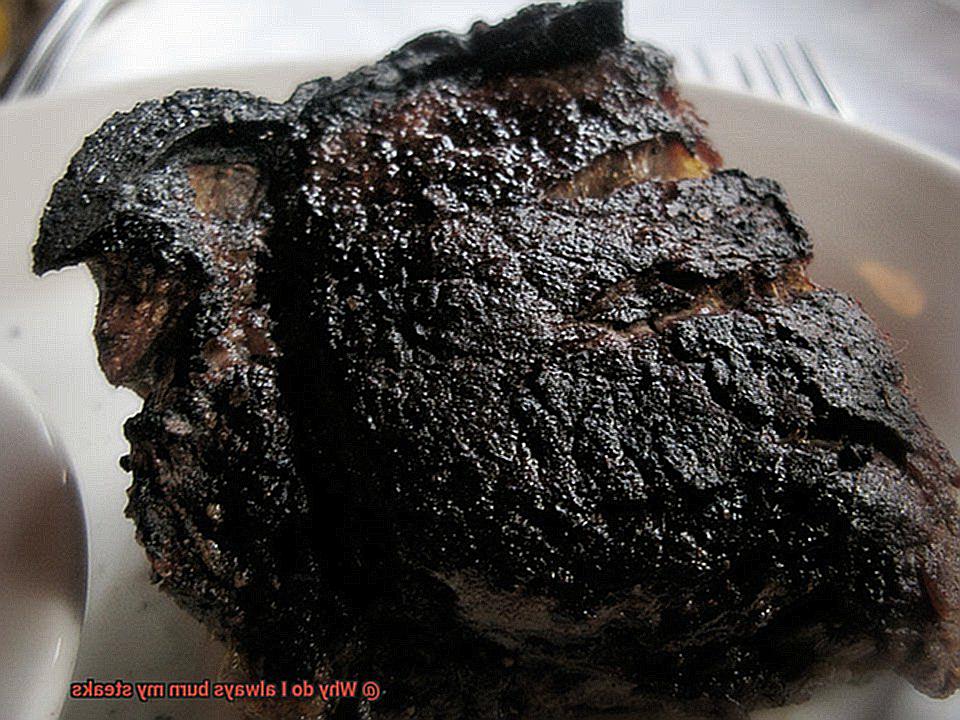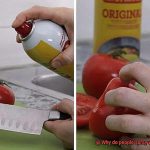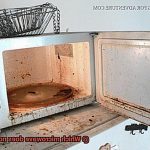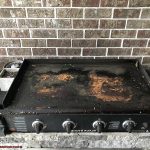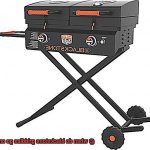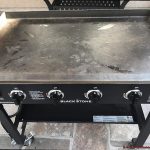Are you tired of always ending up with a burnt, tasteless piece of meat on your plate? Cooking the perfect steak can be a daunting task for even the most experienced chefs. From selecting the right cut to seasoning it perfectly, there’s always the fear of overcooking or burning it.
But fear not, my fellow steak enthusiasts. You’re not alone in your struggle. Burning steaks is a common problem that many people face, regardless of their proficiency in the kitchen. The good news is that with the right knowledge and techniques, you too can cook the perfect steak every time.
In this post, we’ll explore the key reasons why people tend to overcook their steaks. Perhaps you’re using the wrong cooking method or not allowing your steak to rest before serving. We’ll also share some expert tips and tricks to ensure that your steak is cooked to perfection every time.
Whether you’re a beginner or an experienced cook, this post will be packed with useful information to help you overcome your burning steak blues. So get ready to revamp your cooking skills and let’s dive into the world of perfectly cooked steaks.
Contents
Factors That Contribute to Burnt Steaks
There’s nothing quite like the taste of a perfectly grilled steak, and nothing more disappointing than biting into a piece of meat that’s burnt to a crisp. But don’t despair. By understanding the factors that contribute to burnt steaks, you can ensure that your next grilling session results in mouthwatering, perfectly cooked steaks every time.
Temperature is crucial when it comes to avoiding burnt steaks. Cooking at too high of a temperature is a common cause of charring. It’s important to preheat your grill and then adjust the heat to the appropriate level for the cut of meat you’ll be grilling. Thicker cuts require lower heat levels and longer cooking times to fully cook through without burning.
Preparing your steak properly before grilling is also essential. One mistake many people make is not allowing the steak to come to room temperature before cooking. This can result in uneven cooking throughout the steak, leading to burnt areas.
Seasonings can also play a role in burnt steaks. If you use a seasoning with a high sugar content, it can easily burn and create a charred exterior on your steak. Instead, opt for seasonings with lower sugar content or simply use salt and pepper.
Overcooking is another culprit when it comes to burnt steaks. Using a meat thermometer to ensure that your steak reaches the appropriate internal temperature without cooking it for too long can help avoid this issue. Remember that the steak will continue to cook for a few minutes after being removed from the grill, so it’s better to undercook slightly than overcook.
It’s also worth noting that the type of grill you use can impact your ability to prevent burnt steaks. Charcoal grills produce more intense heat than gas grills, making it challenging to control the temperature and prevent burning. Additionally, certain types of charcoal or wood chips can cause flare-ups that quickly char the outside of your steak.
The Heat Level: Too Hot Can Char the Outside
Grilling steaks is a tantalizing art that requires mastering the perfect heat level to achieve a succulent, juicy steak with a seared crust. Yet, one of the most common mistakes people make is not controlling the heat level properly. Turning up the heat too high can quickly char the outside of the steak while leaving the inside raw or undercooked. That’s why we have compiled some research notes to help you avoid this problem and grill the perfect steak every time.
First and foremost, cleanliness is crucial to ensuring even heat distribution on your grill. Before starting to cook, ensure that your grill is clean and preheated. This will help distribute heat evenly across the grill surface, ensuring that your steak cooks evenly.
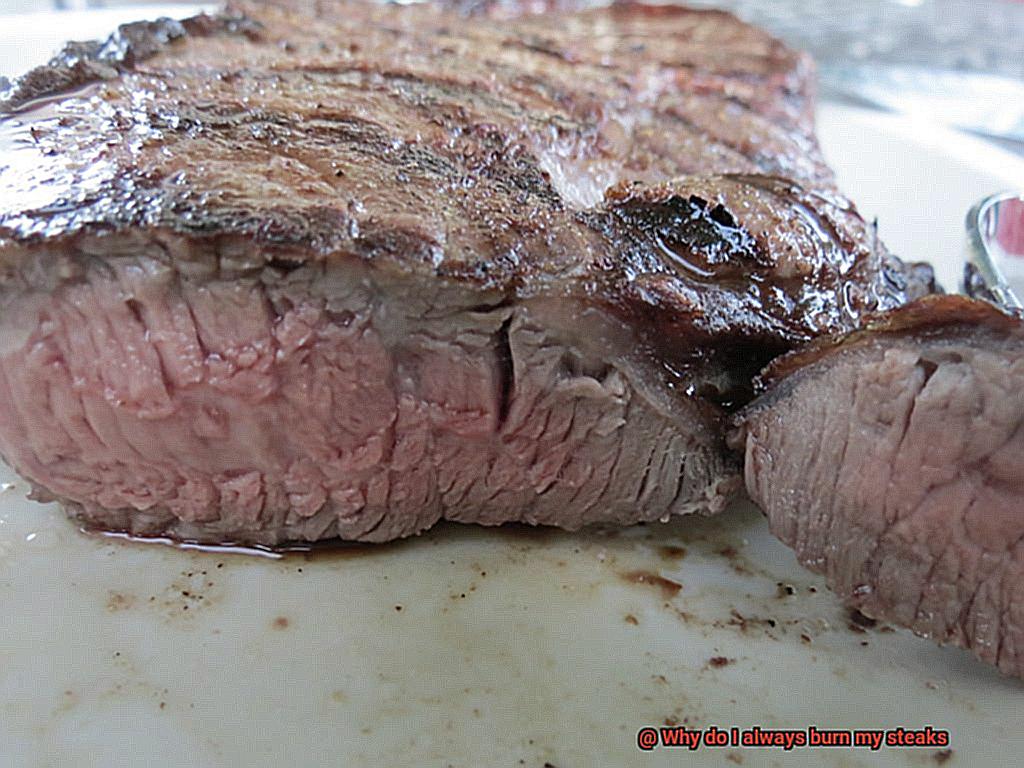
If you’re aiming for that perfect sear without burning the outside, consider using a two-zone cooking method. This technique involves creating two different heat zones on your grill – one for direct high heat and one for indirect low heat. By using this method, you can sear the outside of the steak quickly over high heat to get that beautiful crust, then move it to the lower heat zone to finish cooking more slowly and evenly. The result? An evenly cooked, juicy and flavorful steak.
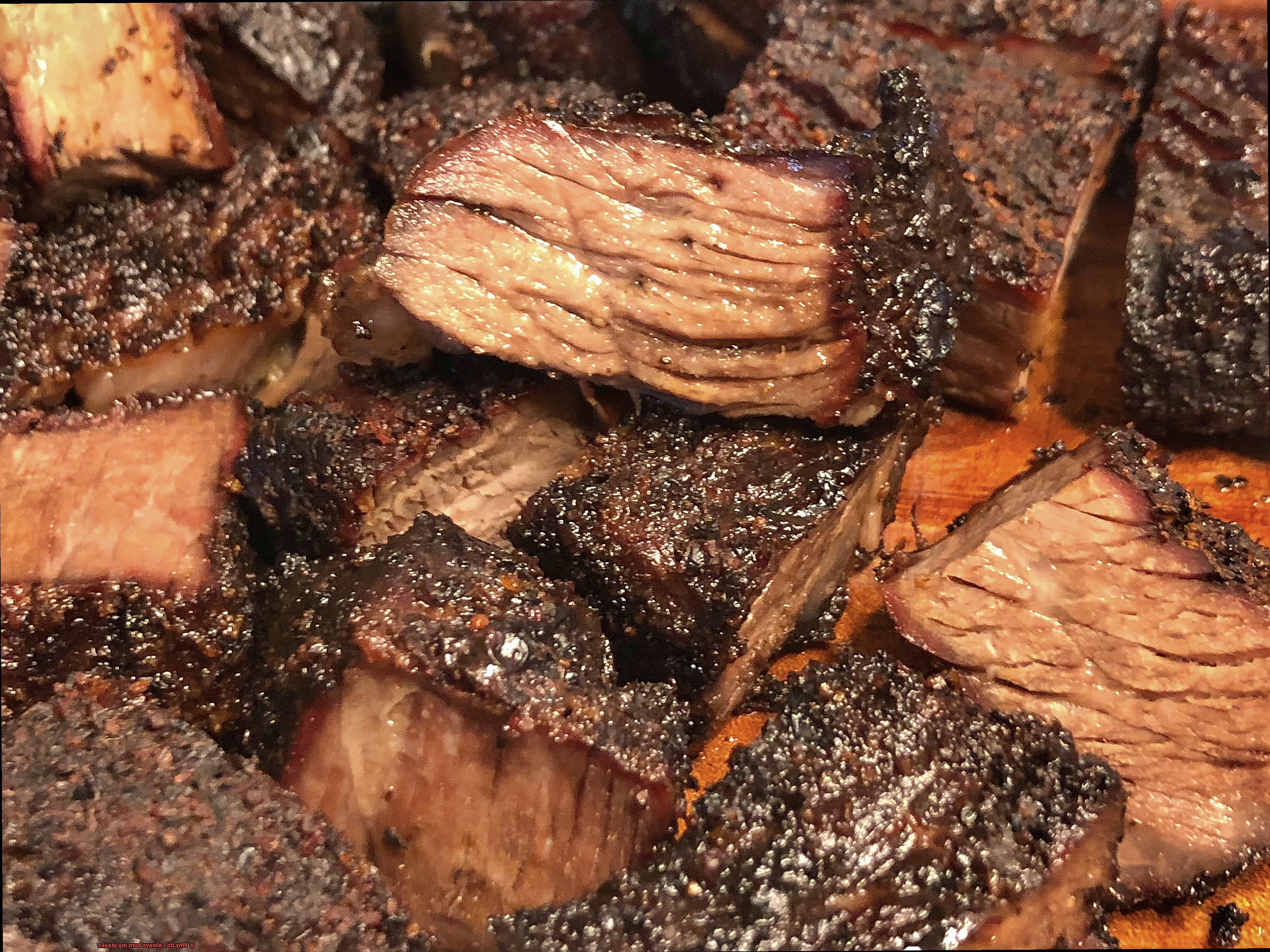
Another helpful tip is to use a meat thermometer to monitor the internal temperature of your steak. This enables you to determine when it’s cooked to your desired level of doneness without overcooking or burning the outside. Simply insert the thermometer into the thickest part of the steak, and when it reaches your desired temperature, it’s ready to be taken off the grill.
The Type of Grill Used: Charcoal vs Gas
As a grill master, you know that the type of grill you use can make or break your steak. The two most popular options are charcoal and gas grills, each with its unique advantages and disadvantages. Let’s dive deeper into the debate of “The Type of Grill Used: Charcoal vs Gas.”
Charcoal grills are renowned for their ability to provide that smoky flavor, which many people love. It adds an extra dimension to your steak that gas grills just can’t replicate. They can also reach higher temperatures than gas grills, which is perfect for achieving that perfect sear on your steak. However, they require more time to heat up and maintain a consistent temperature. It takes practice to master the art of charcoal grilling. Charcoal can create hot spots on the grill, leading to uneven cooking. To prevent this, ensure you spread the coals evenly.
On the other hand, gas grills offer more precise temperature control and are easier to use. You can set the temperature and let the grill do the work without worrying about maintaining a consistent temperature. They also tend to be less messy than charcoal grills since there are no ashes to clean up. However, there’s a downside: gas grills don’t provide the same smoky flavor as charcoal grills. Additionally, they typically don’t get as hot as charcoal grills, making it challenging for you to achieve that perfect sear.
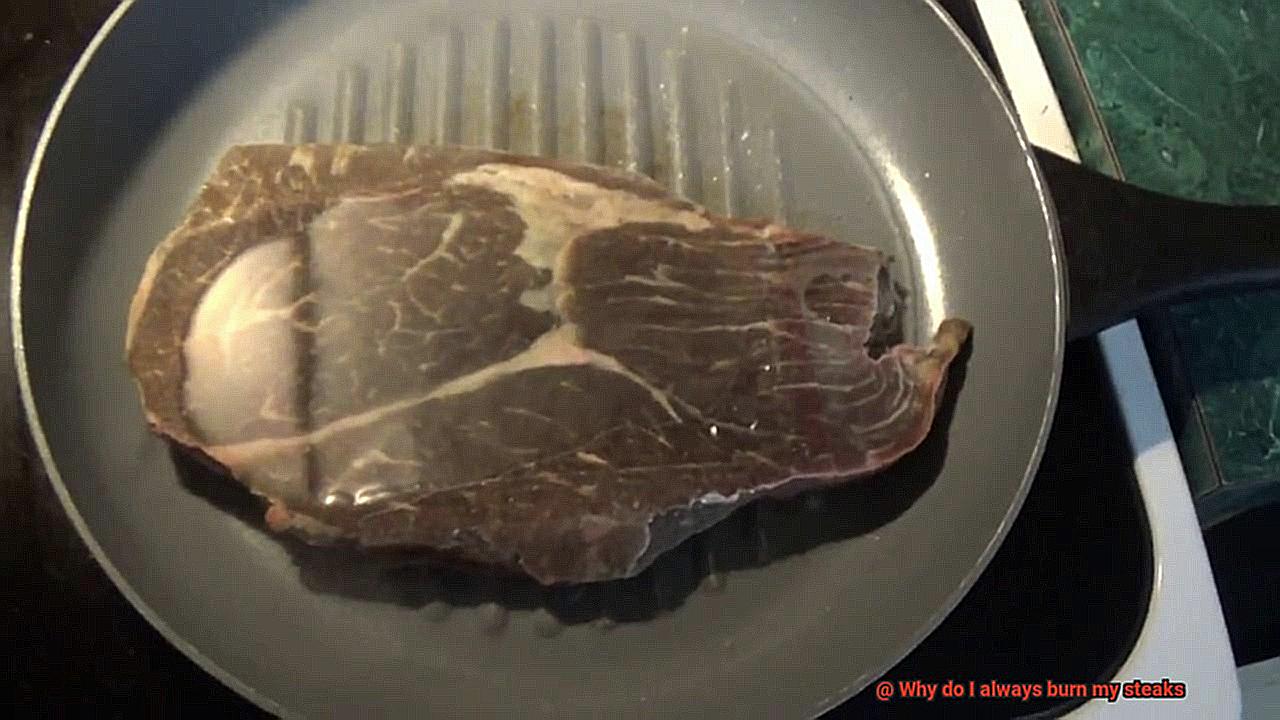
When it comes to preventing your steaks from burning, both types of grills require some attention to temperature control. With a charcoal grill, you’ll need to ensure that the coals are spread evenly and that you’re not cooking over hot spots. With a gas grill, you’ll need to monitor the temperature and adjust the burners as needed.
Wood Chips and Flare-Ups
While wood chips can elevate the flavor of your grilled meats, they can also cause flare-ups and burning if not used properly. But fear not, with a few simple precautions, you can avoid these mishaps and create mouthwatering steaks with the perfect smoky flavor.
One of the main causes of flare-ups when using wood chips is their ability to catch fire quickly. This is especially true if they are not soaked in water beforehand. Soaking your wood chips for at least 30 minutes before use will prevent them from igniting too quickly and causing flames to engulf your steak.
Another factor to consider is the type of wood chips you’re using. Different woods have varying burning temperatures and rates, so it’s crucial to choose the right type for your grill. For instance, hickory and mesquite woods burn hotter and faster than apple or cherry woods.
To further prevent flare-ups when using wood chips, you can try using a smoker box or wrapping them in aluminum foil with holes poked in it. This will help control the burning process and minimize the risk of flames ruining your perfectly grilled steak.
Thickness Matters: Longer Cooking Time for Thicker Cuts
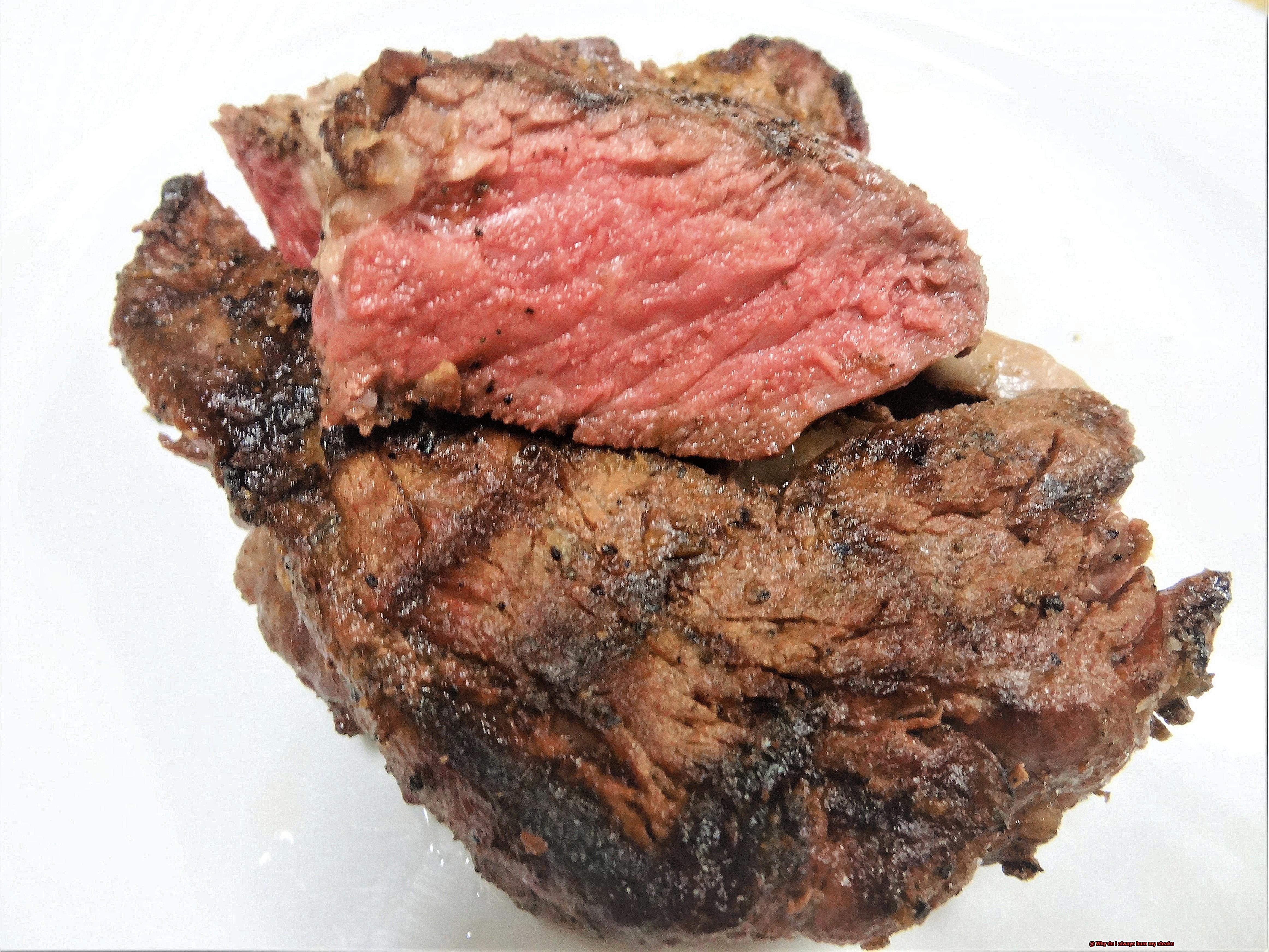
It all starts with understanding that thickness matters. If you’re cooking a thick cut of meat, it will require a longer cooking time than a thinner cut. This is because the heat needs to penetrate through more meat, and rushing the process can result in an overcooked outside and an undercooked inside.
To avoid this culinary catastrophe, start by choosing an appropriate cut for your cooking method and skill level. Thinner cuts like flank or skirt steak are easier to cook and can be quickly seared over high heat. However, if you prefer a thicker cut like a ribeye or porterhouse, be prepared to adjust your cooking time accordingly.
To determine the appropriate cooking time for your steak, use a meat thermometer to check the internal temperature. For rare, aim for 130-135°F. For medium-rare, aim for 135-145°F. And for medium, aim for 145-155°F. Remember that the temperature will continue to rise after you remove the steak from the heat source, so remove it a few degrees below your desired temperature.
If you’re grilling your steak, it’s important to preheat your grill and oil the grates before adding your meat. This will help prevent sticking and ensure even cooking. For thicker cuts, start by searing both sides over high heat for a few minutes to create a nice crust. Then, move the steak to a cooler part of the grill or reduce the heat and continue cooking until it reaches your desired temperature.
In summary, cooking thicker cuts of steak takes patience and attention to detail. Here are some tips to keep in mind:
- Choose an appropriate cut for your cooking method and skill level.
- Use a meat thermometer to check the internal temperature.
- Remove the steak from the heat source a few degrees below your desired temperature.
- Preheat your grill and oil the grates before adding your meat.
- Sear both sides of the steak over high heat to create a nice crust, then move it to a cooler part of the grill or reduce the heat.
Tips for Perfectly Cooked Steaks Every Time
Grilling the perfect steak can be a daunting task for anyone, but with a few simple tips and tricks, you can achieve perfectly cooked steaks every time. Here are five subtopics that will help you become a master of the grill:
Choosing the Right Cut of Meat
One of the most important factors in cooking steaks is selecting the right cut of meat. Different cuts have different levels of tenderness and flavor. For example, ribeye or filet mignon is a tender cut that is best for medium-rare to medium doneness, while sirloin or flank steak is better suited for medium to well-done. By choosing the right cut, you can ensure that your steak will be flavorful and tender.
Letting the Steak Reach Room Temperature
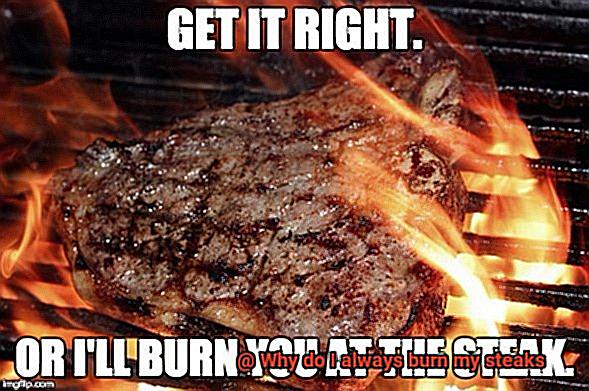
Before grilling your steak, it’s important to let it reach room temperature. This allows the meat to cook evenly and prevents it from drying out. Additionally, seasoning the meat with salt and pepper before grilling will enhance its natural flavors.
Proper Heat Management
Proper heat management is crucial in cooking steaks. Preheating your grill properly and maintaining a consistent temperature throughout the cooking process is essential. A high-temperature sear will help create a delicious crust on the outside of the steak while keeping the inside moist and juicy. However, be careful not to overcook the steak, as this can lead to dry and tough meat.
Resting the Steak
After removing the steak from the grill, it’s essential to let it rest for a few minutes. This allows time for the juices to redistribute throughout the meat, resulting in a tender and flavorful steak. Resist the urge to cut into your steak immediately after removing it from the grill; patience pays off in this instance.
Using a Meat Thermometer
Using a meat thermometer can help ensure that your steak is cooked to your desired temperature without overcooking or burning it. Insert the thermometer into the thickest part of the steak without touching the bone or gristle for accurate results. The recommended internal temperature is 130°F for rare, 140°F for medium-rare, 155°F for medium, and 160°F for well-done.
Pre-Cooking Preparations: Marinades, Rubs, and Brines
When it comes to grilling the perfect steak, choosing the right cut of meat and getting the temperature right is only half the battle. As an expert on pre-cooking preparations, I can tell you that marinades, rubs, and brines are all essential tools in preventing burnt steaks and achieving a mouthwatering result.
Marinades are a popular option for adding flavor and tenderizing the meat. They consist of oil, acid, and seasonings that penetrate the meat and break down its fibers for a juicy and flavorful steak. However, timing is key when it comes to marinating your steak. Over-marination can lead to the acid starting to cook the meat, resulting in toughness.
If you’re looking for a bolder flavor profile, rubs are the way to go. They consist of dry mixtures of herbs, spices, and other seasonings that are applied directly onto the meat before cooking. Rubs create a crust on the surface of the steak which helps seal in juices and prevent burning. Patting the rub onto the steak firmly ensures that it adheres well.
Lastly, brining involves soaking the steak in a saltwater solution for several hours before cooking. The salt breaks down muscle fibers and allows the meat to absorb more moisture for a tender result. Brining can also add extra flavor by incorporating herbs, spices, or fruit juices into the solution.
Choosing the Right Cut of Meat
The key to avoiding this common pitfall is choosing the right cut of meat. But how do you know which cut is right for you? Here are some important factors to consider:
Thickness is a crucial aspect to keep in mind when selecting a cut of meat. Thinner cuts require a higher heat for a shorter time to avoid overcooking and drying out, while thicker steaks need a longer cooking time at a lower heat to ensure that the center is cooked properly without burning the outside.
Another important factor is the amount of fat in the meat. Marbled cuts like rib-eye or sirloin cook faster than leaner cuts like filet mignon or flank steak. This means that if you’re grilling a marbled cut, you’ll need to adjust your cooking time and temperature accordingly to avoid burning.
Lastly, it’s essential to consider the grade of beef when choosing your cut of meat. Higher grades like Prime or Choice have more marbling and tenderness, making them ideal for grilling. However, they can also be more expensive. Lower grades like Select or Standard may require more attention when grilling to avoid burning.
Conclusion
In conclusion, burning your steaks is a problem that can be easily tackled with the right knowledge and techniques. Temperature control is crucial to avoid charred meat. Preheating your grill and adjusting the heat level based on the cut of meat is essential for success. Properly preparing your steak before grilling, using seasonings with lower sugar content, and monitoring internal temperature with a meat thermometer are also important factors.
The type of grill you use can impact your ability to prevent burnt steaks. Charcoal grills produce intense heat, making it challenging to control the temperature and prevent burning. Adding wood chips can add flavor but can also cause flare-ups if not used correctly. Choosing the right cut of meat is also key to avoiding burnt steaks.
Lastly, pre-cooking preparations like marinades, rubs, and brines are essential tools in preventing burnt steaks while adding mouthwatering flavors. By keeping these tips in mind, you too can become a master of grilling and cook perfectly cooked steaks every time.

